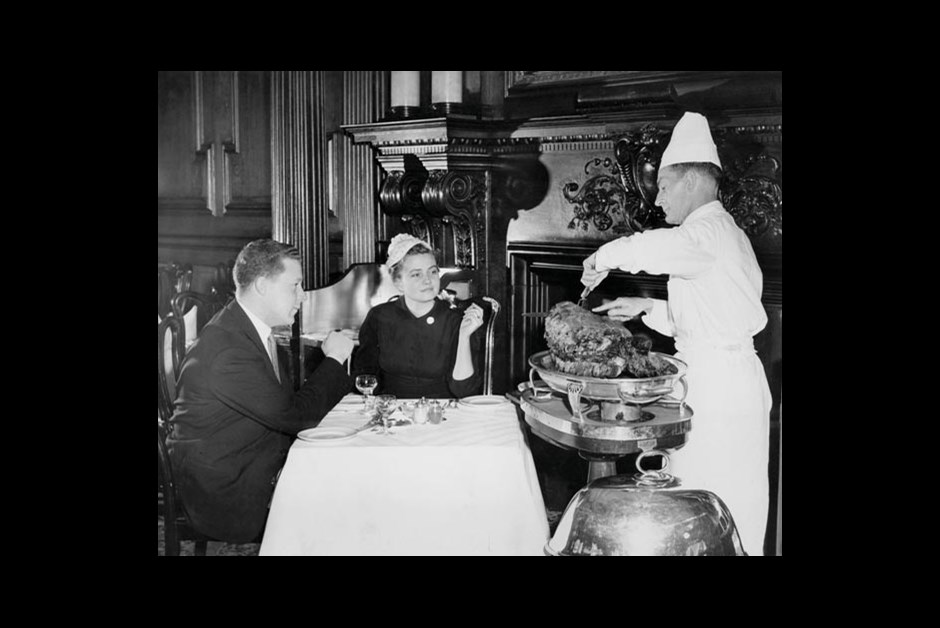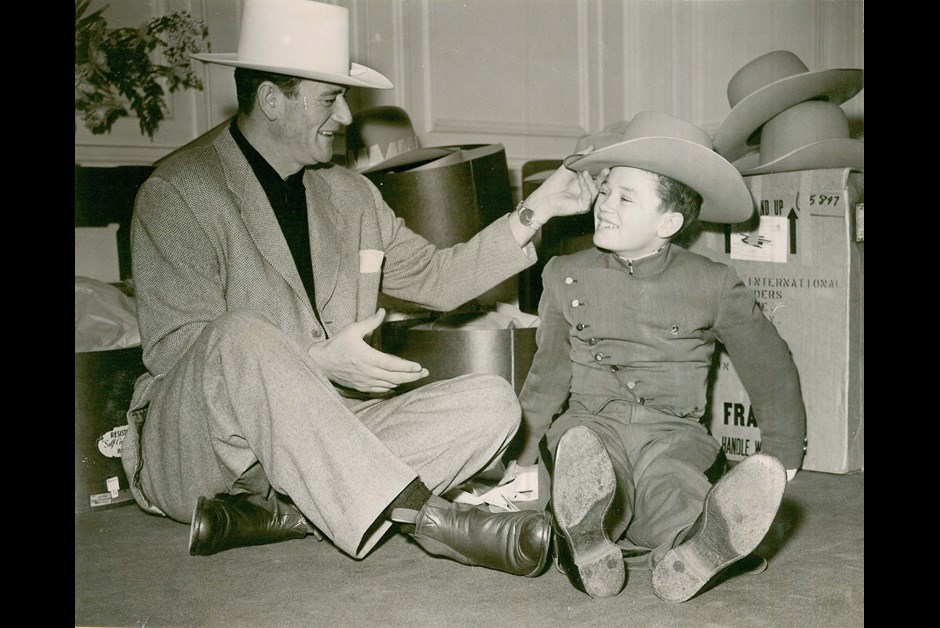How The Savoy Began...
Learn more about The Savoy, A Fairmont Managed Hotel or make a booking.
In 1871 librettist William Schwenck Gilbert and composer Arthur Sullivan collaborated on a one-act comic opera, Thespis. This production was a dismal failure, running to barely a handful of performances, and the writing partnership promptly dissolved. Fast-forward four years to 1875, and theatrical impresario Richard D'Oyly Carte, at that time the manager of the Royalty Theatre in Soho, suddenly found himself in urgent need of a one-act comic opera. Remembering Thespis, apparently fondly, he approached Messrs Gilbert and Sullivan and asked if they could come up with a similar piece to fill the slot. They promptly obliged with Trial By Jury, an unexpected commercial success. One of the greatest of British theatrical partnerships was thus formed: Gilbert and Sullivan continued to collaborate on the composition of the operettas, while D'Oyly Carte staged the productions in the theatre he managed. Over the next few years the trio produced The Sorcerer, H.M.S. Pinafore, The Pirates of Penzance, and Patience. The incredible success of each opera in turn led D'Oyly Carte to make an important commercial decision. He found a site on the Strand, at the heart of London's theatre district (near neighbours included the Lyceum, Gaiety, and Drury Lane theatres, and the Royal Opera House), and there he built the Savoy Theatre, named for the Savoy Palace (1246-1381) which had left its name on much of the surrounding area. The theatre was designed specifically to stage the works of Gilbert and Sullivan, and in due course the operas themselves would become known as the Savoy Operas. The theatre opened in 1881 with a production of Patience.
The Savoy Theatre was the first public building in Britain to be completely lit by electricity, an idea D'Oyly Carte had picked up in the United States where he had travelled to oversee the American productions of the operas. Americans loved the Savoy Operas, and while visiting Britain they flocked to the Savoy Theatre to see the authentic productions on home turf. After Patience came Iolanthe and Princess Ida, and once again Richard D'Oyly Carte made an interesting business decision. The operas clearly attracted huge numbers of visitors from home and overseas, and these people needed places to meet and to sit down with friends before and after the performances, somewhere to eat, and in the case of the overseas fans, somewhere to stay while in London. D'Oyly Carte had spotted a gap in the market. He acquired a further plot of land between the Savoy Theatre and the Embankment, and in 1884 work began on a new and ambitious project, the building of a luxury hotel in the continental style, but with the highest modern standards of comfort and technology, which at that time were mainly available only in America.
Three operas later (The Mikado, Ruddigore, The Yeomen of the Guard), The Savoy Hotel opened on 6th August 1889. It boasted electricity throughout (still a comparative novelty), ascending rooms (lifts) to all floors, speaking tubes (an internal telephone system) to enable room service, and 67 bathrooms for the 200 guest rooms with hot and cold running water at the turn of a tap. So many bathrooms seemed an extravagance, and the builder is said to have asked D'Oyly Carte whether he thought his guests were to be amphibious. To open the brand-new restaurants, D'Oyly Carte enlisted the help of another showman, the legendary hotelier Cesar Ritz, who was eventually persuaded to manage the entire hotel. Ritz was sufficiently impressed by the facilities to invite his great friend, the maitre-chef Auguste Escoffier to take charge of the Savoy kitchens. From this domain, Escoffier would revolutionise the art of restaurant cuisine in Britain; his principles of kitchen organisation are still applied in most restaurants in Britain to this day.
While the hotel began to make its reputation as the only place in London to see and be seen, to dine, to dance, and to stay while in town, the trio behind the Savoy Operas had almost come to the end of the road. Gondoliers was the first new opera to be produced after the hotel had opened. Gilbert, unwilling to bear the costs of the production, and of a new carpet that had been installed in the Savoy Theatre, sued D'Oyly Carte and Sullivan, and won. Only two more Savoy Operas would follow (Utopia(Ltd) and The Grand Duke). By 1896 the partnership was finally over, but its legacy would endure. The Savoy Operas, are, of course still well-known, and well-loved, but The Savoy still stands as (quite literally) the concrete expression of their success and Richard D 'Oyly Carte's amazing vision and foresight over 120 years ago. Welcome to The Savoy!




